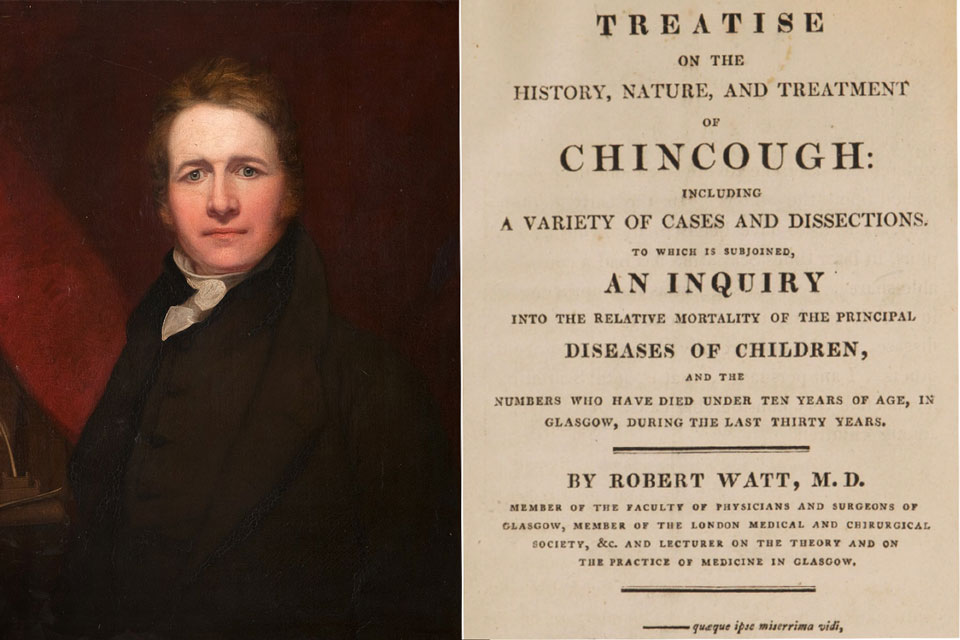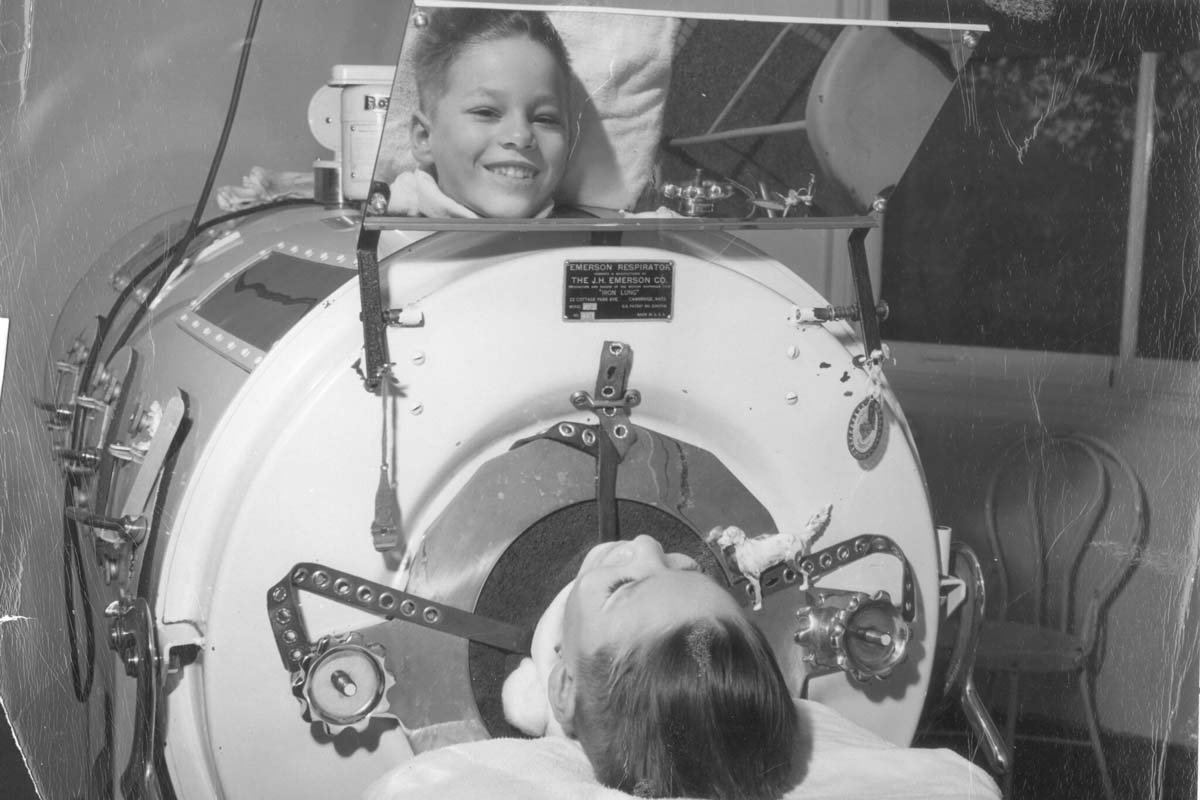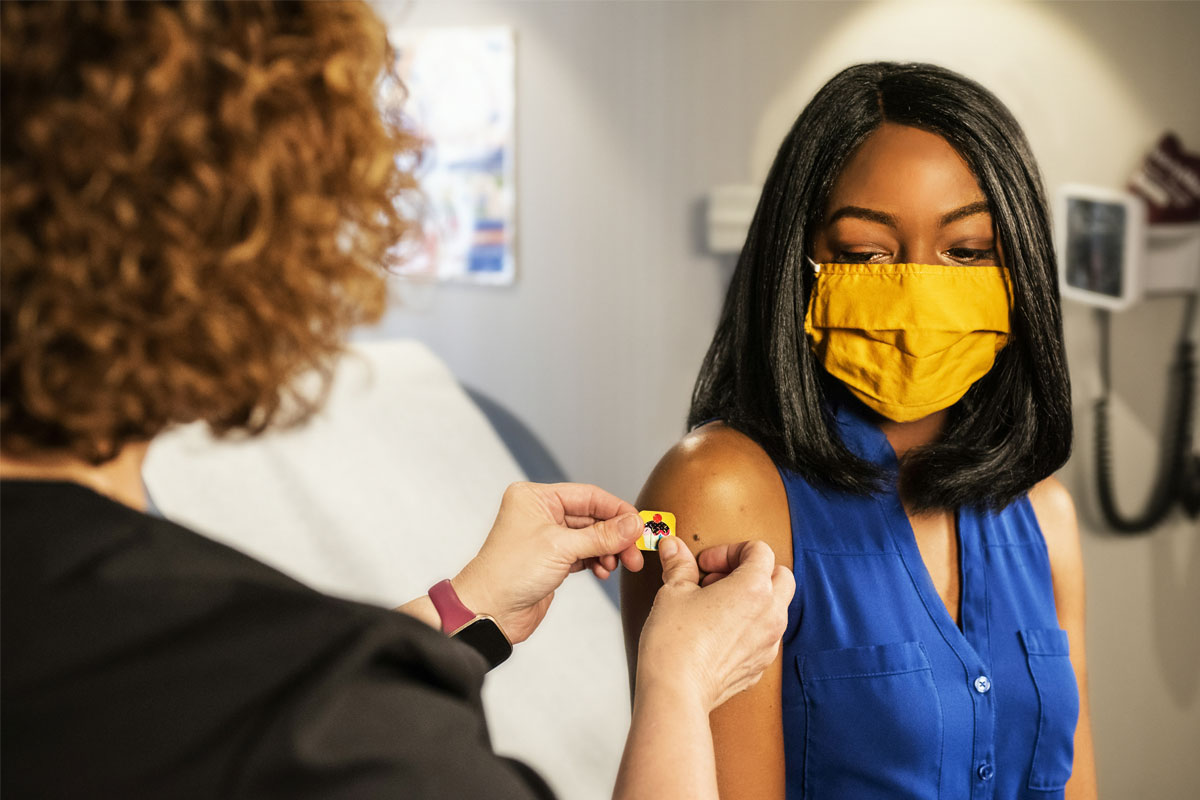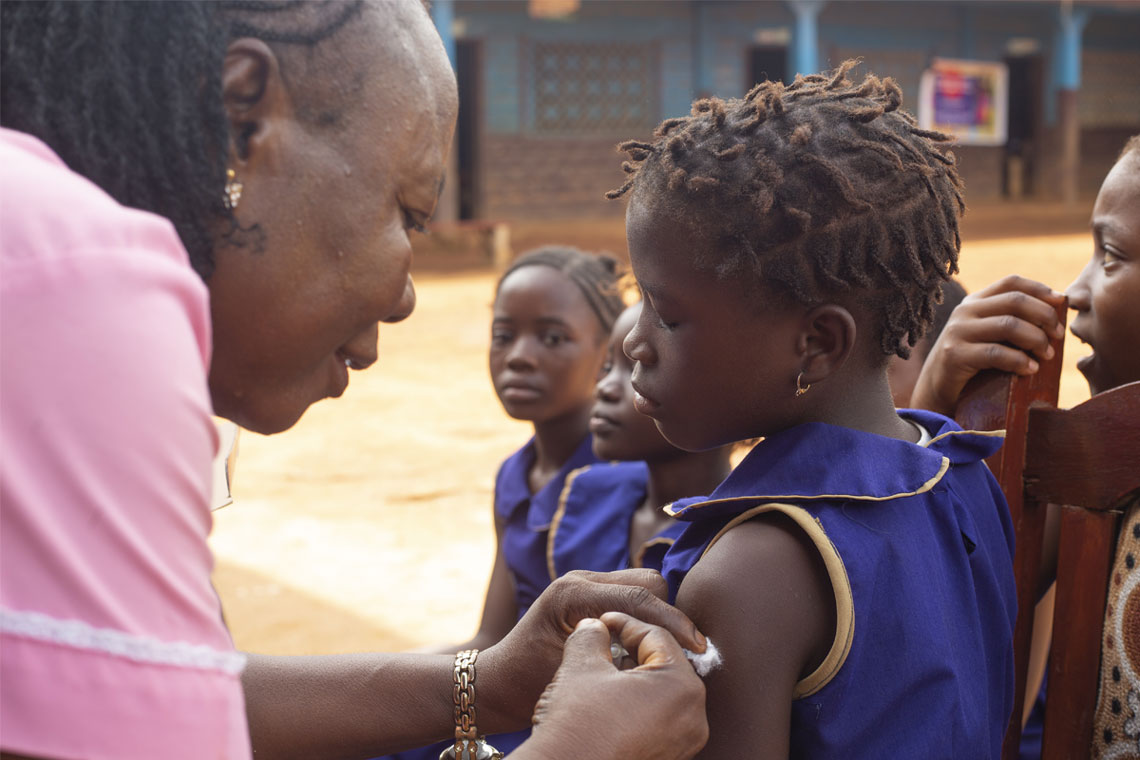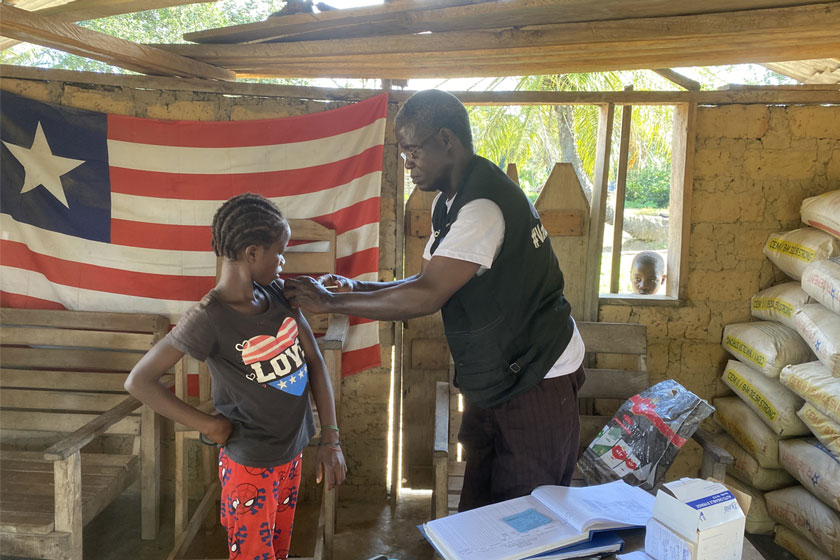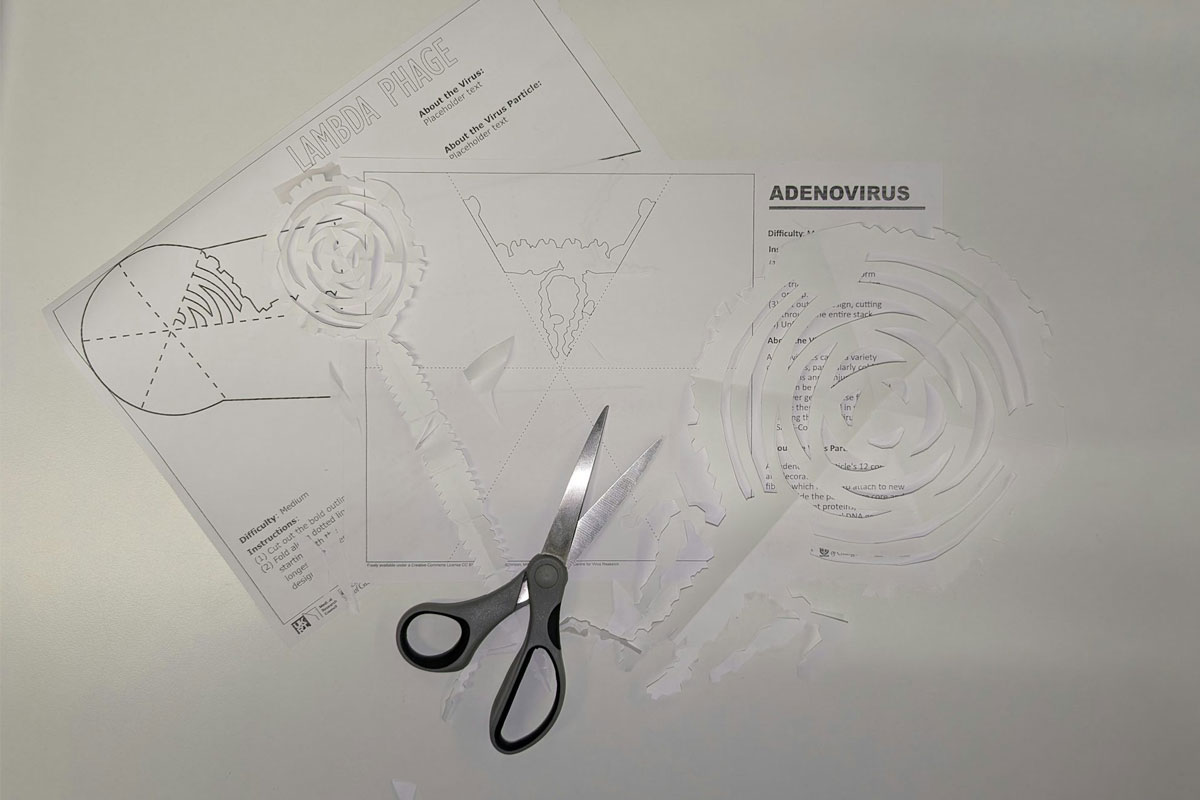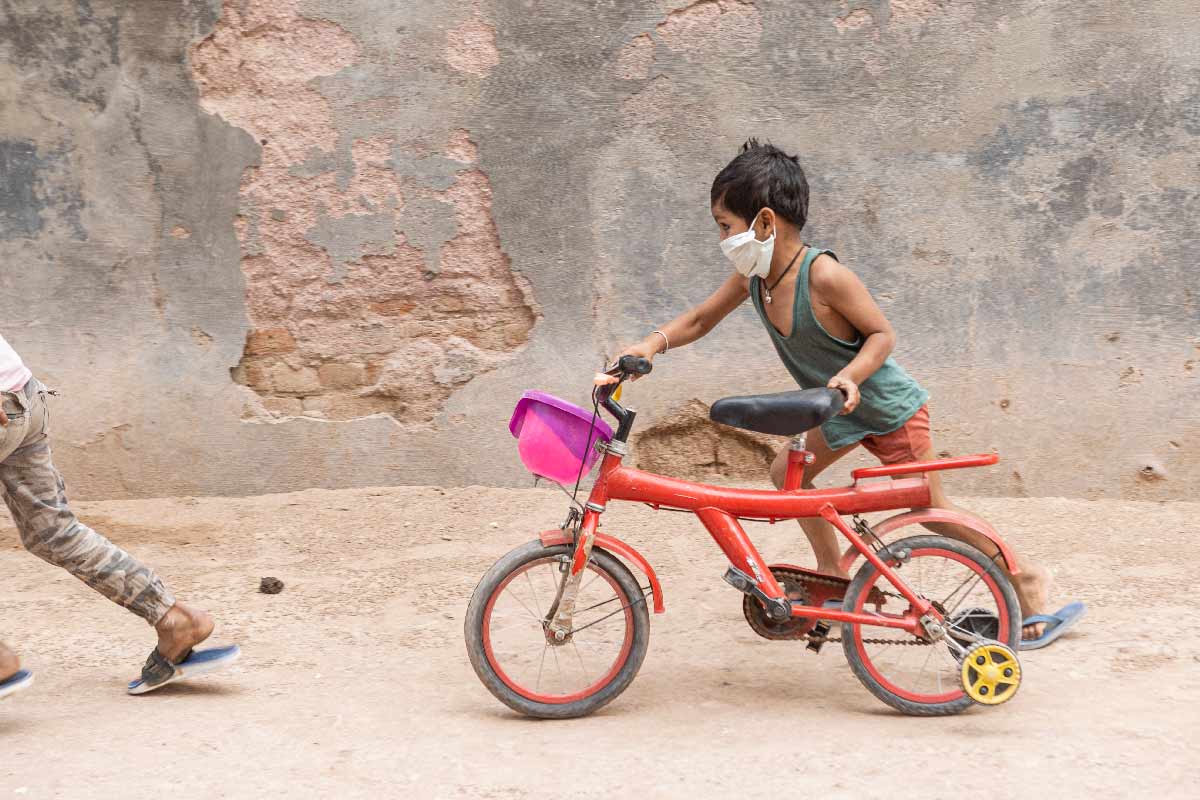Innovation in immunisation: a VaccinesWork briefing
This week VaccinesWork is focussed on the innovations – some straight from the space age, some apparently more down-to-earth – making it possible to reach more children, more reliably, with vaccines. Stick around to learn more.
- 28 October 2024
- 3 min read
- by Maya Prabhu , James Fulker
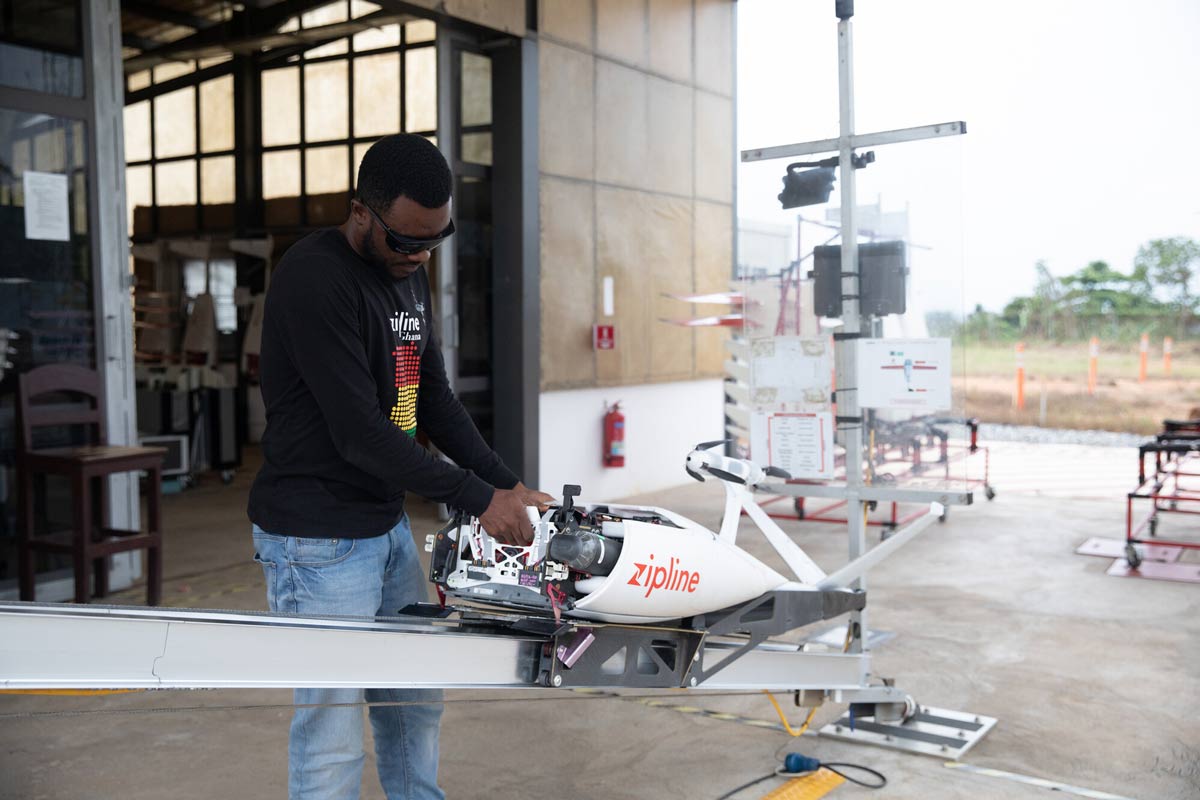
Once upon a time, the normal way of turning vaccine (from vaccinia, the cowpox virus, mild cousin of deadly smallpox) into vaccinations was to rustle up a child with a cowpox pustule brewing on her arm, use something sharp to poke the blister, transfer the pus to the next person, wait for a week or so for a new pustule to sprout, and repeat.
Consider that the fact that this sounds so revolting is a luxury of raised expectations. Unprecedented numbers of people were made safe from the smallpox virus – “so fatal, and so general amongst us” in the 1717 words of Lady Mary Wortley Montagu – by this method, which was itself a massive improvement, safety-wise, on the process it replaced, variolation.
And on the other hand, it has to be conceded that early vaccination was a pretty unpleasant and inefficient procedure. It was unsterile (other pathogens could be transferred along with the immunising cowpox), it didn’t always ‘take’, and it was a logistical nightmare. If you wanted to transport vaccine across oceans, for instance, you needed to arrange for a whole daisy chain of children to be on board the ship, so you could keep pustules popping up all the way to port.
In other words, although Edward Jenner dreamed of smallpox’s eventual eradication even in the very earliest chapter of vaccination history, it wasn’t going to happen unless someone came up with a better way of doing things.
Someone did. In fact, lots of people did, and they’re still at it. To some minds, it appears that the difference between the protected population and the protectable population is a puzzle simply begging for a solution.
From vaccine preservation, storage and transport, to delivery mechanisms, to easier info management, better birds-eye planning and smarter record-keeping, the inventors keep on iterating.
And because their efforts are bringing us closer to collective safety, Gavi is right there with them, one foot in the future. The shape and scope of that future depends on investment. Gavi is raising money for its next five-year period: read more about that here.
Meanwhile, we invite you to join us on a tour of some of our favourite vaccine innovation stories from the archive.
- The Editors.
Faster with wings: Ghana’s immunisation rates soar in Zipline-served districts
Drone delivery of vaccines has helped immunisation programmes in remote parts of Ghana’s Western North region bounce back faster than average from the pandemic’s impact, new research says. VaccinesWork visited the Zipline regional hub to find out more.
Unique and universal: how fingerprint tech is helping get kids protected in Bangladesh
Kids as young as nine months of age can now be biometrically identified ahead of vaccination – creating reliable, verifiable records, and expanding the reach of immunisation.
Goodbye syringe? Measles and rubella patch demonstrates its worth in Gambia vaccine trial
Painless, easier to administer and more thermostable than traditional vaccines, microarray patches are being touted as the future of vaccination in low-income and pandemic settings.
Sunny with a chance of cyclones: Malawi’s cold chain goes solar-powered
Cyclone Freddy wiped out Chabvala’s vaccine cold chain. Solar-powered vaccine fridges are helping to get the town’s vaccine programme back on track.
The world’s largest immunisation programme is going massively, ambitiously digital
... and it could make all the difference in the effort to reach the most vulnerable.

